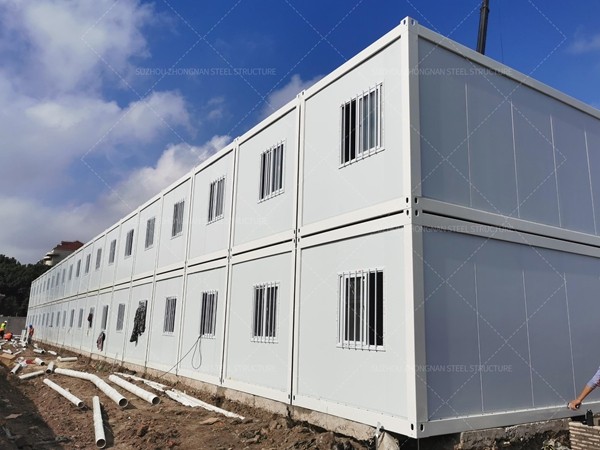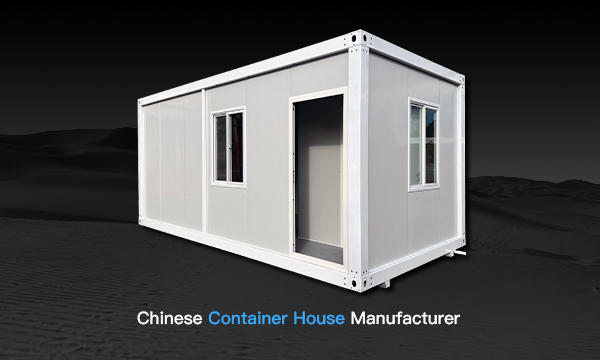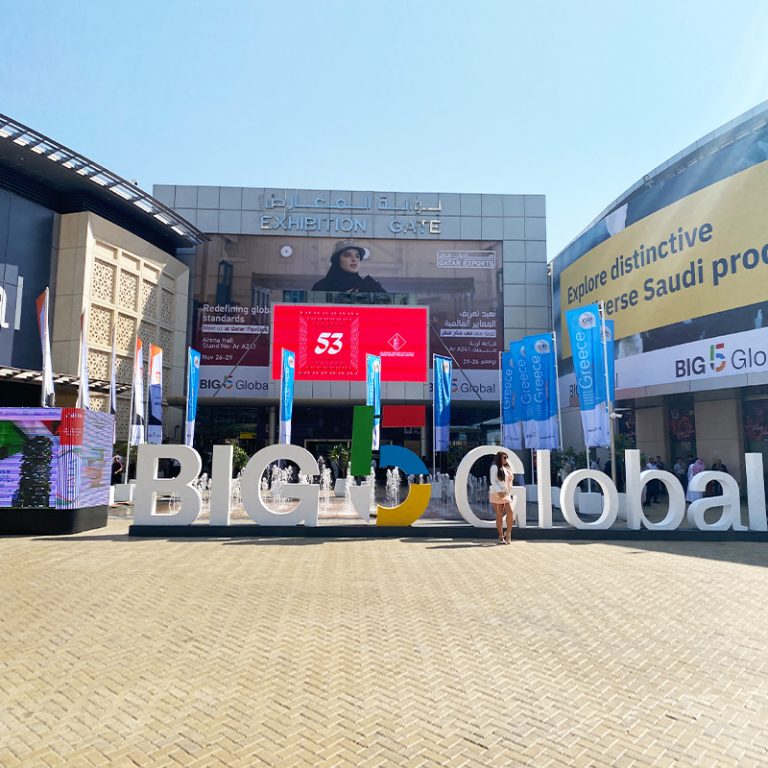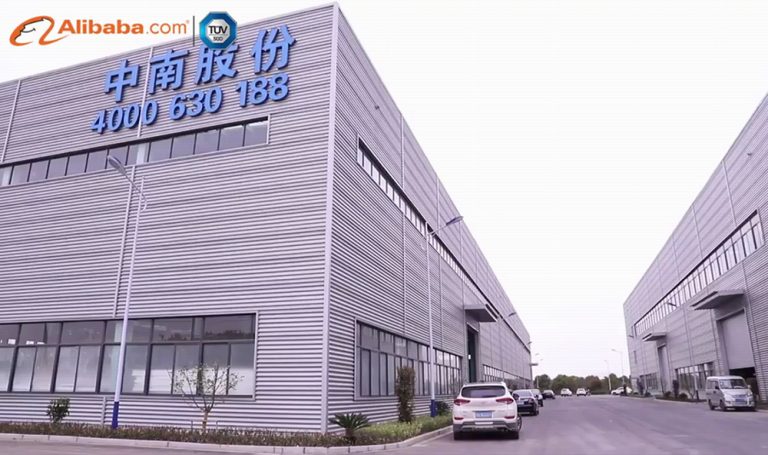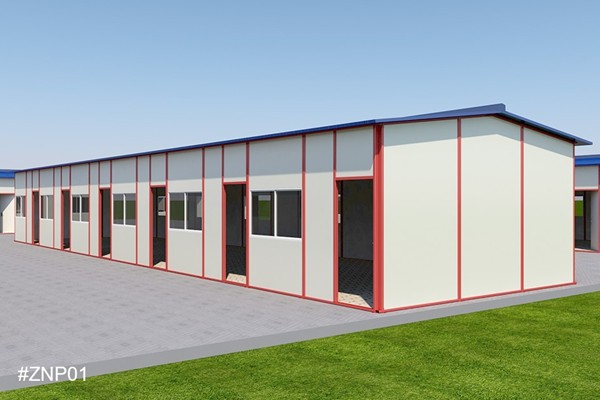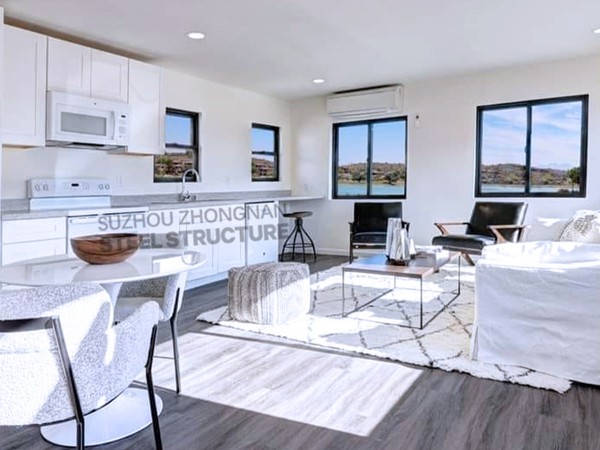How Container Houses Provide Temporary Housing for Refugees in Disaster Zones
1. The Urgent Need for Temporary Housing in Disaster Zones
Increasingly driven by the changing climate, natural hazards in the Asia-Africa region are becoming more frequent, intense, and devastating in their impacts. Geography is a key contributing factor to community vulnerability. Proximity to hazard-prone areas, such as coasts, floodplains, seismic zones, or potential contamination sites, directly affects the number of people requiring housing assistance and the potential duration. The harsh natural environment is a significant challenge faced by refugee camp construction, especially for medium- to long-term temporary housing.
Damage to civic, economic, and residential infrastructure from disasters forces the evacuation of significant numbers of people. This displacement may be for a short time but is often extended for months, and sometimes even years.
In rural and remote locations, the lack of hotels and motels leads to a shortage of alternative housing in emergencies. Emergency accommodation issues are also related to the low availability of psychosocial support for people suffering from the disaster. Rather than just a humble shelter, a fully functional, self-contained space can meet a majority of refugees’ physical and psychosocial needs.
ZN House upholds the mission of building mobile homes for the world, with a special focus on natural disasters. We are dedicated to bringing a new beginning rising from the ruins for disaster-stricken populations. Our refugee camp solutions offer strong, wind- and rain-resistant living spaces with well-thought-out designs, providing refugees with safe shelter and dignity. They can be rapidly deployed, offering efficient support to aid organizations and governments.
2. Refugee Camp Solution in Emergency Situations
In disaster zones, traditional housing methods often struggle to meet the urgent need for shelter. Temporary shelters must be established rapidly to ensure the safety and well-being of affected populations.
(1) Rapid Construction: Container homes are often pre-fabricated in factories, meaning much of the construction is completed before they reach the site. Prefabricated houses can be equipped with essential utilities such as electricity, water, sanitation, and heating, which are crucial for ensuring the comfort and safety of residents. Once on-site, minimal work is required, allowing for rapid construction in post-disaster settlements. A refugee camp that can accommodate hundreds of people can be built in one day.
(2) Flexible Design: Because they are modular, these container homes can be easily stacked, linked, or configured in various layouts to suit the specific requirements of the space or situation. These container homes can serve as individual living spaces, shared dormitories, medical rooms, kitchens, and community gathering areas, depending on the needs of the situation. This adaptability accelerates the process of post-disaster aid, providing fully functional temporary housing for people affected by the disaster. Flexible cost control provides a feasible solution for large-scale housing in disaster areas. Their detachable nature allows for savings in both transportation and construction costs. Additionally, their reusability means they can be repurposed in future crises, extending the value of the initial investment.
(3) Environmentally Resilient: Built to withstand harsh conditions, including heavy winds, floods, and extreme temperatures, container homes offer a durable and stable option for those displaced by disasters. They are made with strong, weather-resistant steel and thick insulation layers, capable of withstanding winds up to level 8.
(4) Environmentally Friendly: Container homes are an environmentally friendly option, particularly as they can be relocated and reused. This helps reduce the environmental impact associated with the production of new building materials. Additionally, ZN House uses eco-friendly materials and incorporates renewable energy solutions like solar panels according to customer’s needs, making container homes a sustainable option for long-term recovery efforts.
3. ZN House Projects in Emergency Relief
At ZN House, we have had the privilege of working on several impactful projects worldwide, providing temporary housing solutions that cater to the needs of post-disaster reconstruction communities. Through collaborations with international organizations, governments, and NGOs, we have demonstrated the versatility and efficiency of container homes in addressing rapid construction needs.
Project 1: The Refugee Camp Project
In response to the humanitarian crisis in the Middle East region, ZN House provided fast, safe, and sustainable temporary housing for displaced families. Working alongside relevant organizations, we deployed container homes to create a stable living environment for thousands of people, ensuring quick recovery and access to essential services.
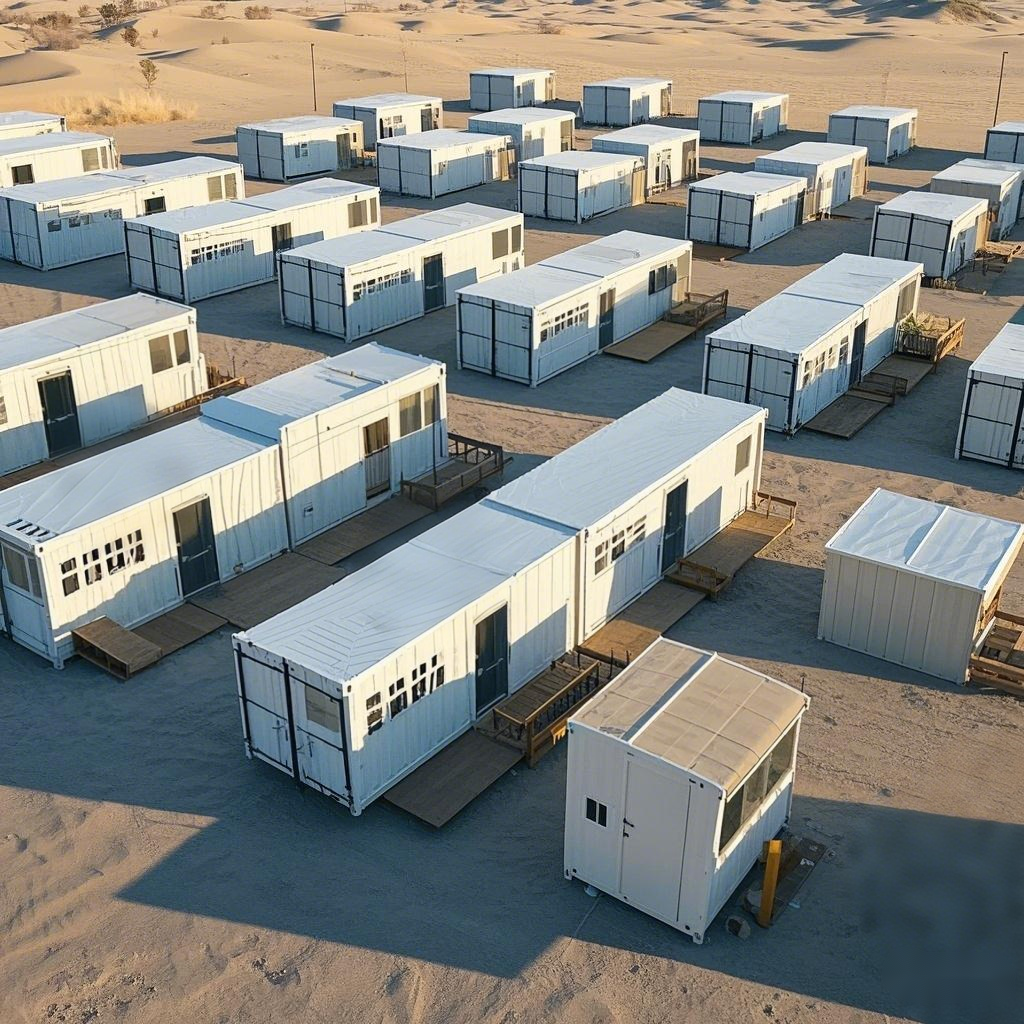
Project 2: Earthquake Relief Project
Following the earthquake in the South Asia region, ZN House was part of a joint initiative with the local government to help with post-disaster reconstruction for those affected. Our modular container homes were used as emergency housing in remote areas, offering comfortable and safe living spaces to survivors while permanent rebuilding efforts took place.
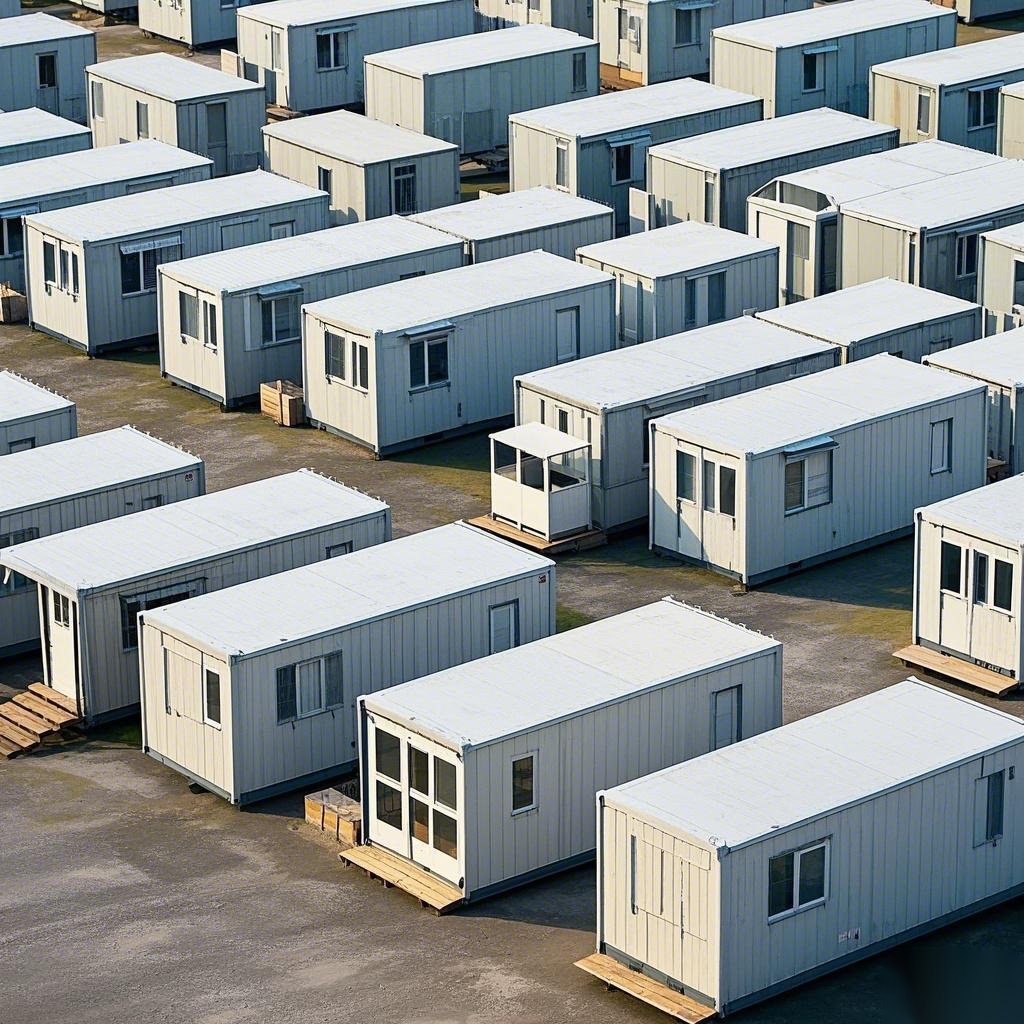
4. Why Choose Container Homes in Post-Disaster Reconstruction
Container homes are revolutionizing disaster relief and refugee housing by providing fast, flexible, and sustainable solutions in crises. Unlike traditional housing methods, container homes are prefabricated and equipped with essential utilities, including electricity, water, and sanitation, ensuring the safety and comfort of displaced populations.
Built with durable steel and strong insulation, container homes can withstand extreme weather conditions, such as heavy winds, floods, and temperature fluctuations. The adaptability of container homes allows for easy expansion and customization to meet the unique needs of each disaster zone—whether serving as living spaces, medical units, kitchens, or community centers.
In the long term, container homes are a sustainable solution. They are reusable, cost-effective, and can be relocated as needed, ensuring that they continue to provide value beyond the initial crisis. As a result, container homes are not only a short-term fix but also a reliable option for ongoing recovery efforts.
We urge international organizations, governments, and relief agencies to consider adopting container housing solutions in disaster zones. By leveraging the efficiency, speed, and flexibility of container homes, ZN House can offer faster, more effective assistance to those in need. As a leading manufacturer, we are ready to deliver high-quality, rapidly constructed container homes to support disaster relief and refugee housing efforts worldwide. Together, we can make a meaningful difference in the lives of displaced populations.

